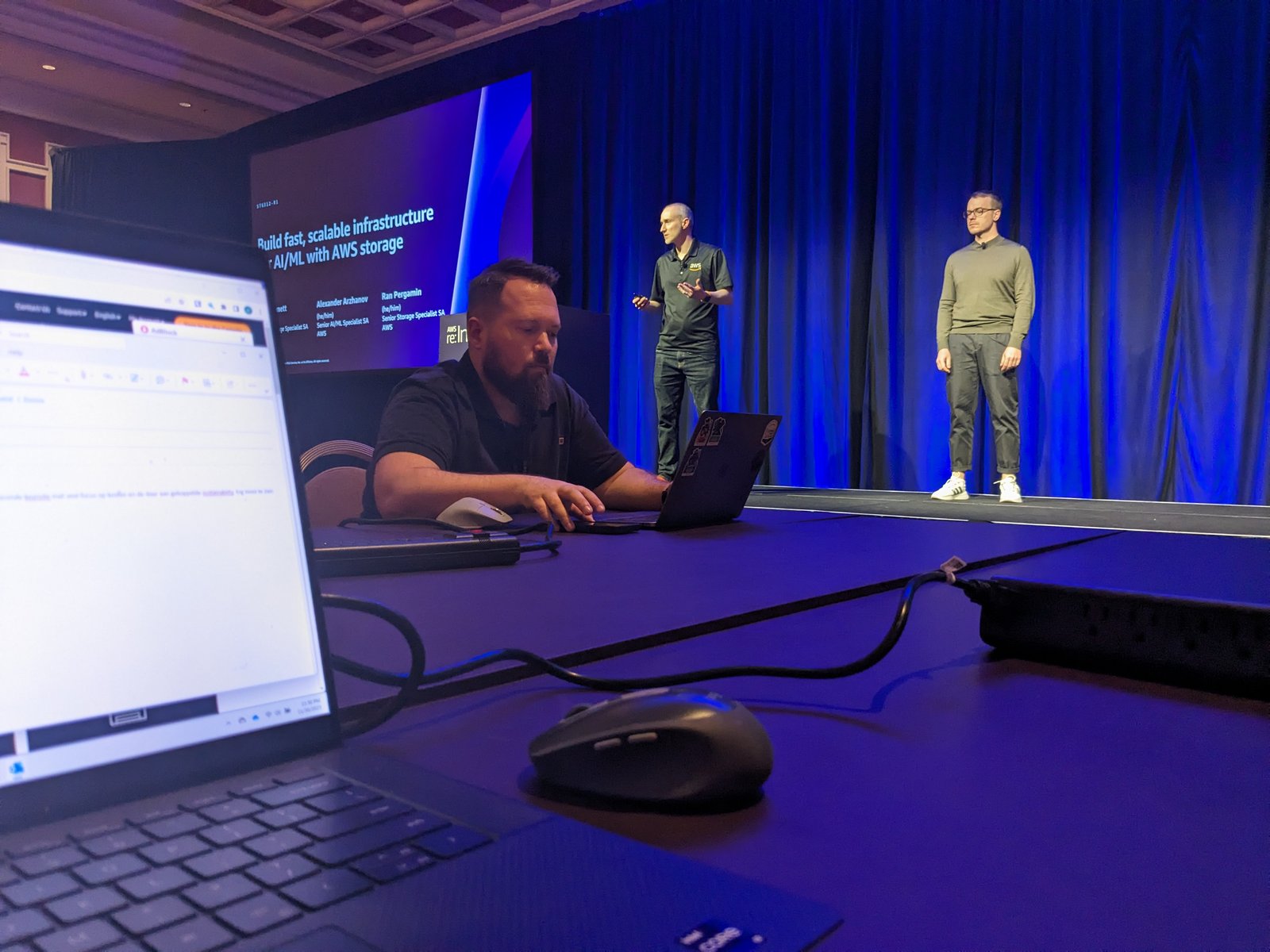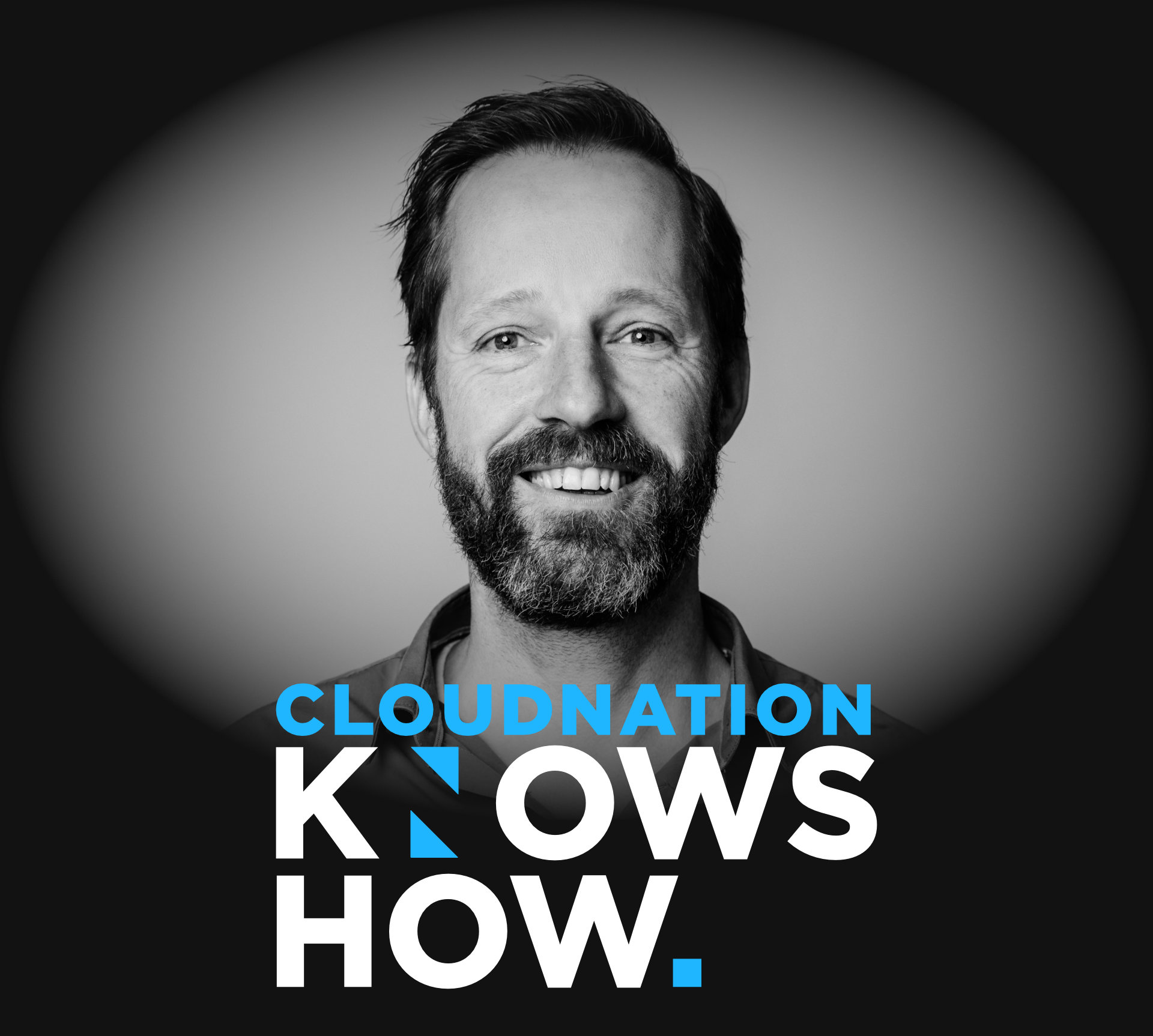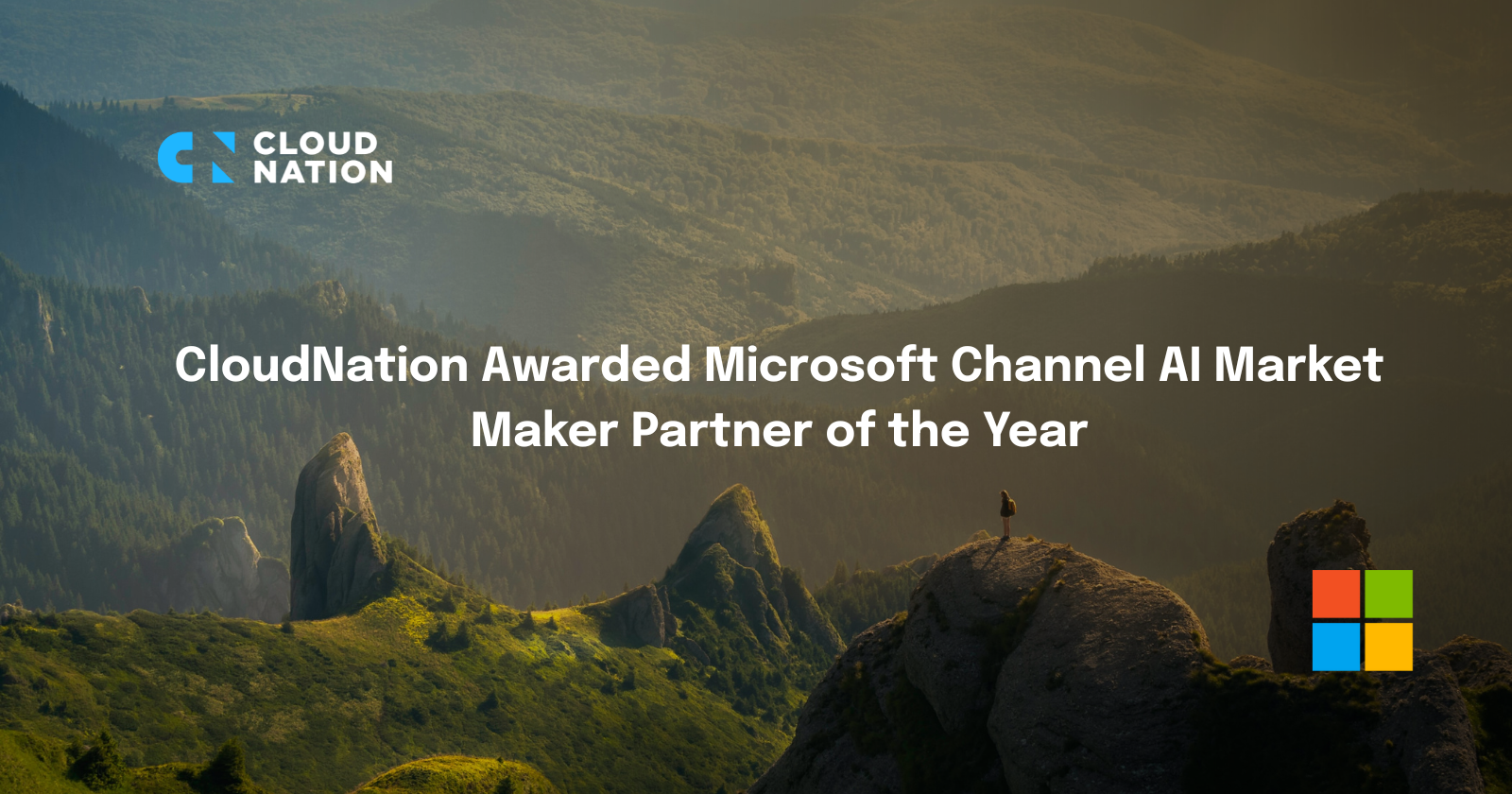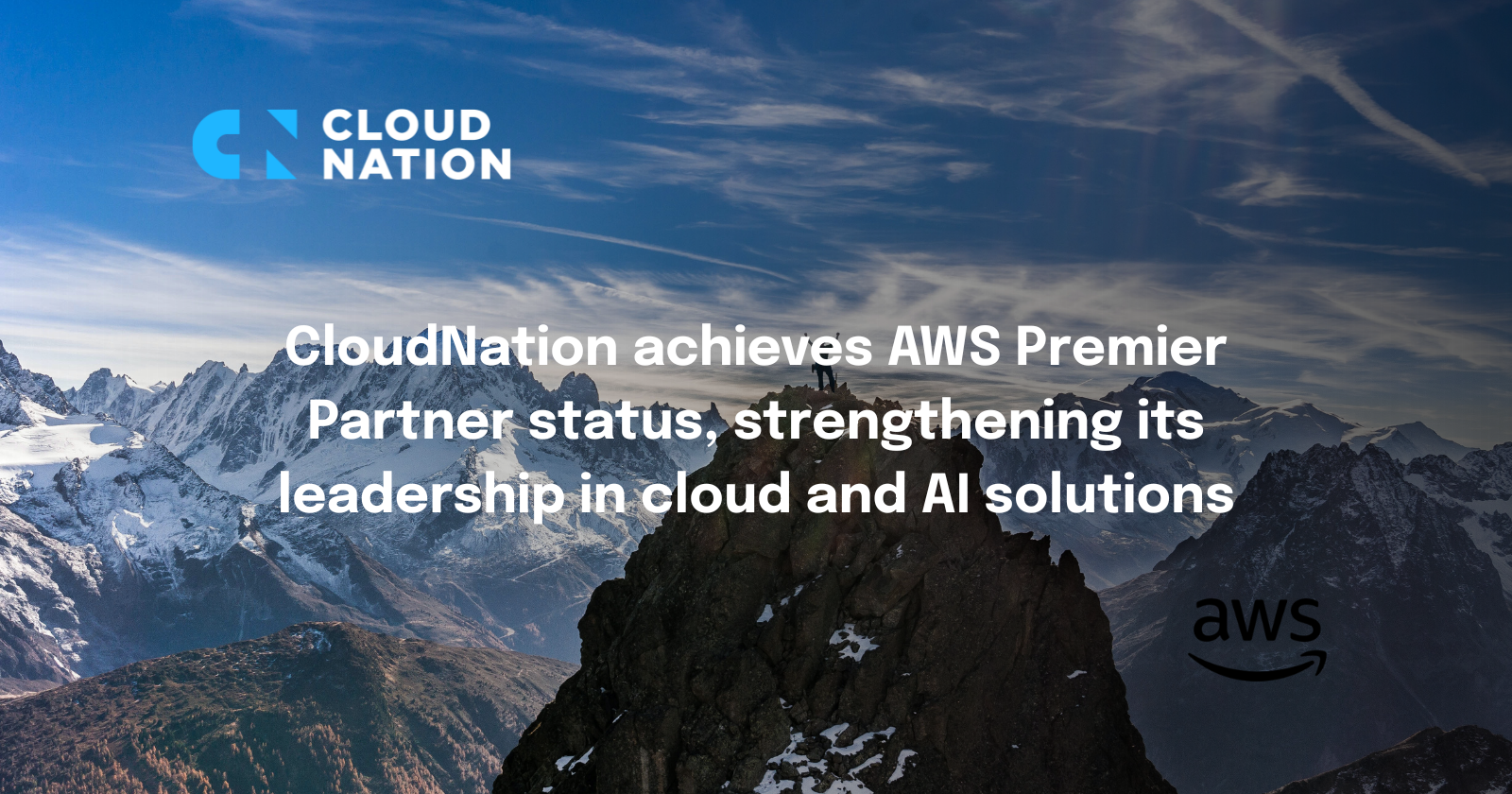Our expert team on the ground has wrapped up the fourth day of AWS re:Invent 2023. This daily update serves as your digital gateway, providing a firsthand experience of AWS re:Invent 2023. Whether you're on-site or following from afar, rest assured that we keep you informed with real-time updates from the heart of the event.
The Keynote by Werner Vogels.
What: A focus on cost and related sustainability with Werner explaining that these are non-negotiable requirements for any cloud architecture. This, and other areas, is captured in his self-written ‘bible’, The Frugal Architect, with a handful of simple, but powerful tenets to comply to when designing and running cloud environments that deliver business value in the long term.
Why interesting: the limitless possibilities and scale of the cloud offer a costly challenge for both your business and the planet when both cost optimization and sustainability are not taken into account. Werner’s tips on self-opposed constraints, evaluating what components of your application you really need (digital waste) and having tiers in this to inform you on trade-offs that optimize cost and reduce environmental impact, are really relevant. To accelerate this process, AWS has launched several new features. With myApplication in the AWS Management Console, you can more easily manage and monitor the cost, health, security posture, and performance of your applications on AWS.
Continuous cost and sustainability optimization
What: Many tips and tricks were shared in this session to immediately take in to practice what Werner was talking about, so it felt right to continue with that after the Keynote. Where the session ‘Sustainability: Measure, optimize and improve costs’ earlier this week, discussed tuning factors to make serverless workloads more efficient, this session covered services like, EC2, EBS, EFS, S3 and SageMaker.
Why interesting: The topics covered in this session were good examples of small and incremental optimizations (e.g. checking for idle kernels in SageMaker and monitoring unfinished multi-part uploads in S3), but nonetheless crucial controls to drive down costs and footprint, and making sure that metrics like cost/request are becoming more positive over time. As an AWS Partner, our customers rely on us to help them to deliver business value, so we have to make sure that even the simple practices like the ones covered today are continuously done by default.
Forecasting: Effective strategies for AWS cost planning
What: To stay on topic, this chalk talk also discussed how to deal with cloud costs, but instead of optimizing current costs, we talked about knowing what to expect in the first place. We were discussing the reasons why your AWS bill could change, how to deal with new workloads, different approaches to forecasting and how to set up a forecasting practice that made actual sense.
Why interesting: With tools like Cost Explorer and Pricing Calculator it is simple to start predicating yearly, monthly or daily costs for existing workloads, but doing the same for new or high-development workloads requires good communication between FinOps teams, business and the engineers and developers who know what the backlog looks like, who know what is coming or going. And more importantly: what do you do when you are above or below your forecasted budget? Without proper actions attached to your forecast, it has no reason to pursue it. As a partner, we are in a position to help our customers not only to optimize costs, but to help them understand what they can expect for cloud costs year by year as well.
New feature: In 2024 AWS will start to charge costs for every public IP you have in your accounts
In Mark's opinion, this can be a driver for companies to start looking at IPv6. Mark had a 1:1 Peertalk session with AWS Principal Network Specialist Solutions Architect Alexandra Huides on this topic.
What: IPv4 is really running out of available public IP space now, prices are going up quickly. As a result, AWS will have to start charging customers for usage, this will also help prevent having unused addresses in your accounts, so they can be assigned efficiently. Alternatively, companies can start adopting IPv6, which has been around for many years.
Why interesting: IPv6 has several advantages which companies can take advantage of. Cost reduction is one of them, but running out of private IPv4 space is another. Especially this past year AWS has added IPv6 support and capabilities to many of their network services, which makes it a lot easier to initiate a dual stack strategy. With CloudNation we would like to be able to help customers choose and implement such a strategy, and assist them in identifying the best scenarios. So you can expect more of us on this topic!
As we continue our journey through AWS re:Invent 2023, stay tuned for more insights!





